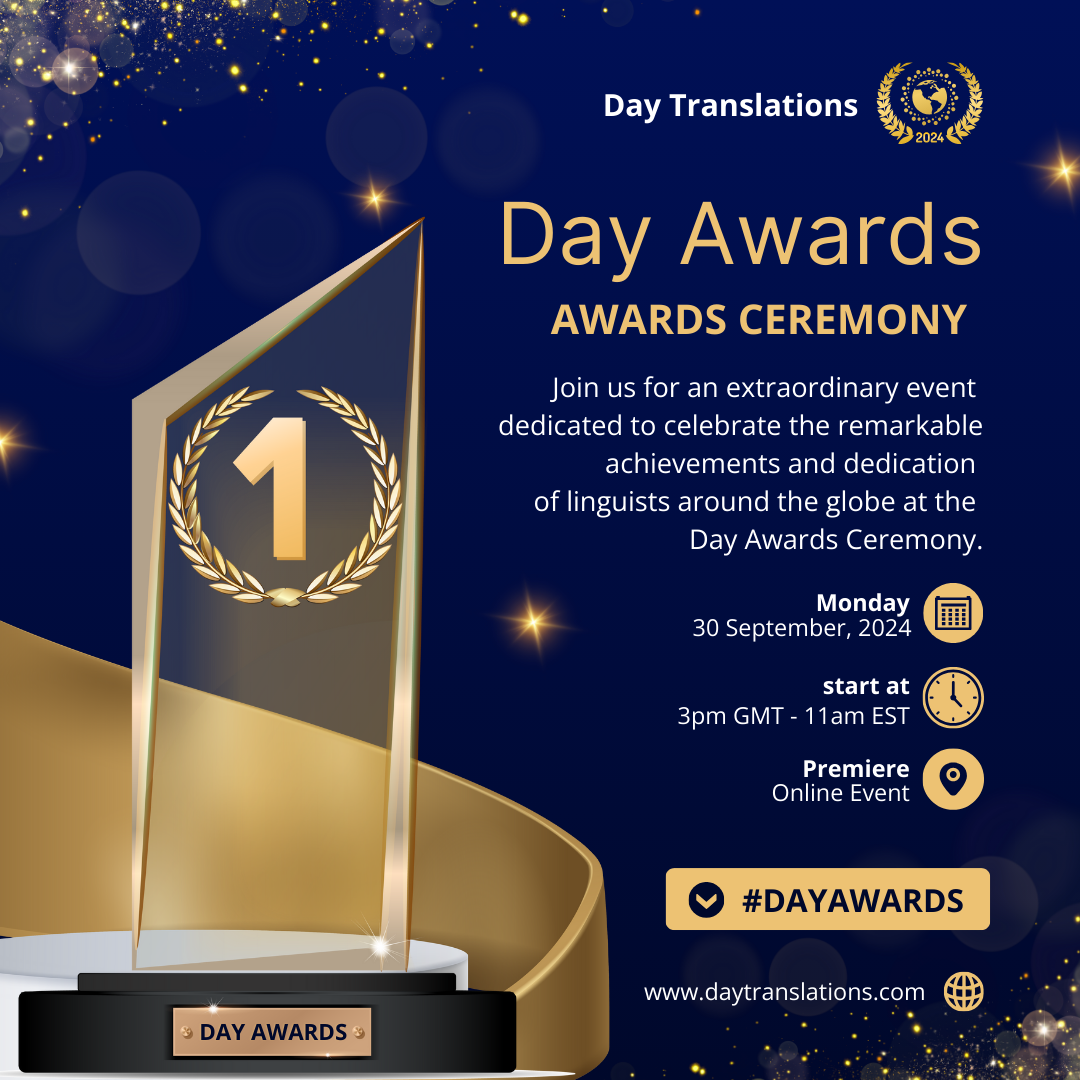This article is in partnership with Day Translations and DayVIP.
Years ago I used to work as an administrative assistant in a London company that had links to Italy. Being a native Italian speaker, I was successful when I applied for the role.
Both myself and my employer thought that being fluent in two languages was enough to perform the tasks specified in the job description. By and large, this was the case, however, once you take the position and deal with different issues on a daily basis in your chosen language, in this case Italian, you realise that you lack some of the terminology that is necessary to conduct business transactions.
What Are the Differences Between a Native Speaker and a Professional Translator?
Before delving into the differences between the two, a quick word about business communications.
Business communications rely on agreed terminology and processes, often requiring specific training. There is an assumption among all parties in a business transaction or communication that there is a shared understanding of the context and nuances.
A native speaker:
- is fluent in the source and in the target language, and can engage in conversation with clients and suppliers;
- can understand every day language but may have gaps in the knowledge of specific terms;
- may not be fully aware of the cultural differences between countries;
- may need additional help translating technical documents from the source to the target language.
A professional translator:
- possesses specific knowledge of the source and target language, and can use both confidently with the lowest margin of error;
- can translate a document with a high degree of accuracy and using the correct terminology;
- has in-depth knowledge of the cultural context of different countries and can translate a document in a way that makes sense immediately in the target language;
- has in-depth knowledge of the subject matter, having studied it specifically with the aim to apply it in a work context.
Let’s use a shipping company as an example.
A shipping company takes care of all the elements of a consignment, from the initial packaging and collection from a warehouse through to its final destination.
Part of the shipment process includes filling out forms for exporting and importing goods, payment of duties and any other approvals that are required to move goods between countries.
Then, the most adequate type of shipping needs to be chosen to preserve the quality of the goods, for example using freight trains or shipping containers via sea.
Communicating During Shipments
The popularity of online shopping sites that are headquartered in China such as Temu (130 million app downloads) and Shein (262 million app downloads) means that intercontinental goods shipping plays a strategic role in the fulfilment of orders.
It’s also worth noting that the parent company for Temu, PDD, moved its headquarters from China to Dublin in Ireland to further increase its international appeal and reach. Having a presence in Europe can help international companies based in Asia, for example, to optimise the transport and storage of goods, as local depots can be used to keep inventory, therefore shortening the waiting time for deliveries to customers.
Communications during the process of transporting goods are essential to manage customer expectations and ensure there are no delays or other issues. Transport via cargo ships from China to Europe can take more than a month, averaging between 30 and 45 days. Accuracy of technical translations is extremely important during this time while tracking the goods’ journey.
Customs clearance can add delays to a shipment, so the accompanying paperwork to a consignment has to be perfect.
For all these reasons, relying on a professional translator with the right background and technical knowledge is an asset to global organisations.



